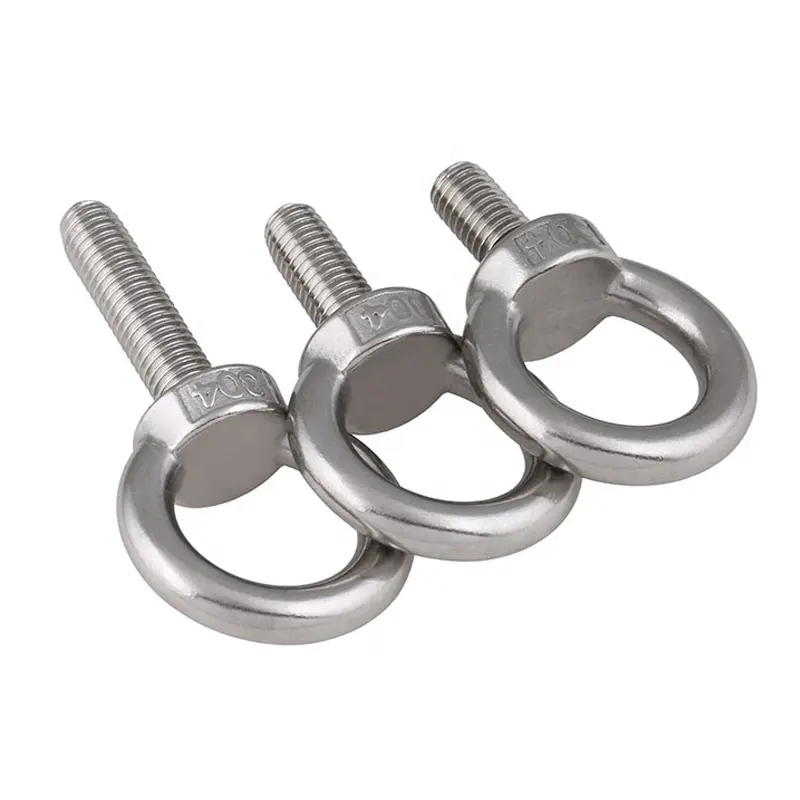News
Nov . 13, 2024 14:27 Back to list
what is turnbuckle used for
What is a Turnbuckle Used For?
A turnbuckle is a mechanical device used to adjust the tension or length of cables, ropes, and various other structures. Typically consisting of two threaded eye bolts connected by a central body, turnbuckles can be made from metals like steel or aluminum, which provide high strength and durability for demanding applications. Their primary function is to increase or decrease the tension applied to a wire or cable, making them essential in a variety of fields, including construction, maritime, and engineering.
Construction and Use Cases
In construction, turnbuckles play a crucial role in stabilizing and reinforcing structures. For example, they are often employed in the installation of tensioned cables in bridge construction to support the overall integrity of the bridge. Similarly, in building frameworks, turnbuckles can be used to adjust the tension of bracing systems, ensuring that structures can withstand horizontal loads such as winds or earthquakes.
Moreover, turnbuckles are extensively used in the rigging of sailing vessels. They help in the adjustment of shrouds and stays, which keep the mast upright and steady. Sailors rely on the ability to quickly adjust the tension in these rigging systems to respond to changing wind conditions, ensuring the safety and optimal performance of the vessel.
Types of Turnbuckles
Turnbuckles come in various designs and materials, each suited to specific applications. The most common types include open body, closed body, and jaw and eye turnbuckles. Open body turnbuckles are often used in situations where easy adjustments are required, while closed body types offer greater strength and are typically used in heavy-duty applications.
what is turnbuckle used for

The material used to manufacture turnbuckles is also significant. Steel turnbuckles are preferred for heavy loads due to their high tensile strength, while stainless steel versions are used in marine environments to prevent corrosion. There are also lightweight aluminum turnbuckles suitable for applications where weight savings are crucial, such as in aerospace or specific engineering projects.
Advantages of Turnbuckles
The primary advantage of using a turnbuckle is its ability to provide adjustable tension, which is critical for maintaining safety and structural integrity. Additionally, turnbuckles are relatively easy to install and operate, requiring minimal tools for adjustments. Their versatility allows them to be used in a wide range of applications, from simple home repairs to complex engineering projects.
Turnbuckles can also be used in sports settings, such as for tensioning net systems in tennis courts or attaching goalposts in football fields. Gym equipment often utilizes turnbuckles to allow for adjustable resistance settings, showcasing their adaptability beyond construction and marine applications.
Conclusion
In summary, turnbuckles are essential devices widely used across different industries. Their ability to adjust tension makes them crucial in construction, marine applications, and various engineering projects. By properly utilizing turnbuckles, you can enhance the stability and safety of structures, adjust rigging in sailboats or sports equipment, and much more. Understanding how turnbuckles work and where they can be applied is important for anyone involved in construction, sailing, or any field where securing cables or ropes is necessary. Their simplicity and effectiveness illustrate the importance of this mechanical device in our daily lives and various professional fields.
